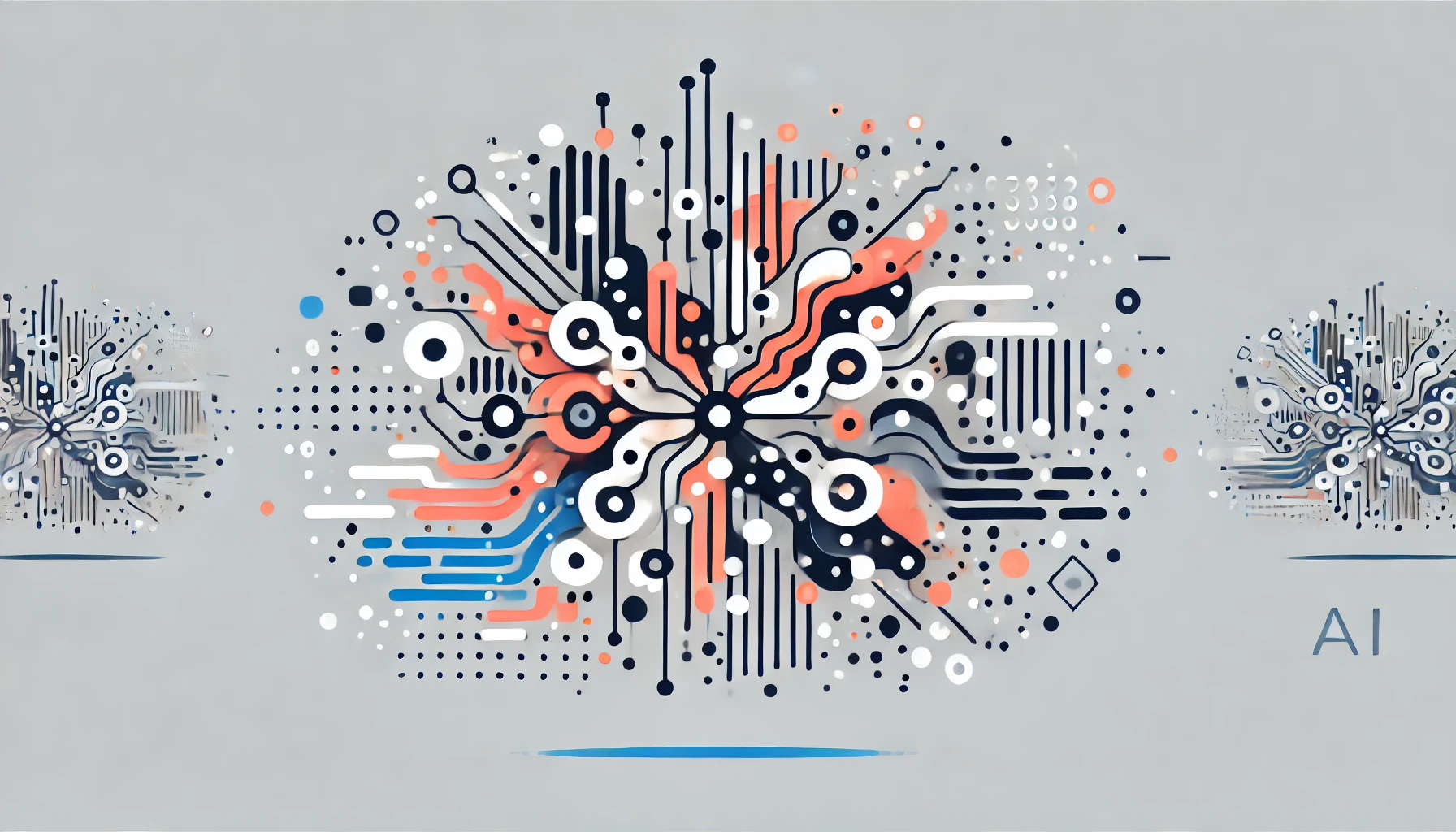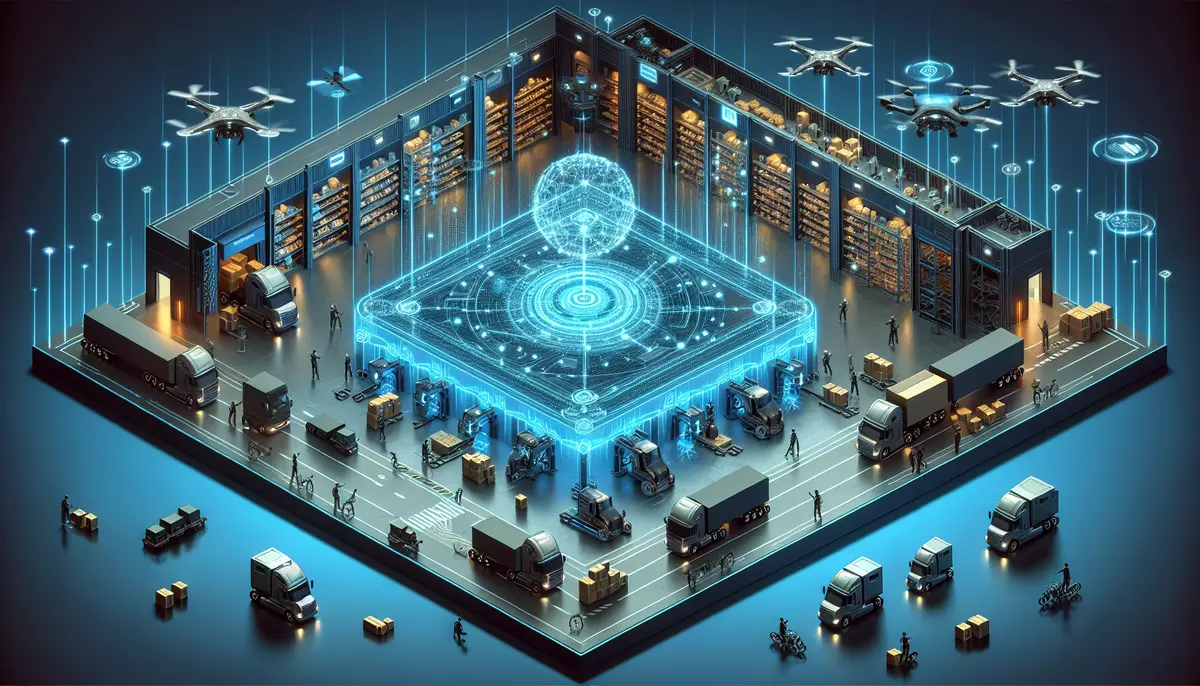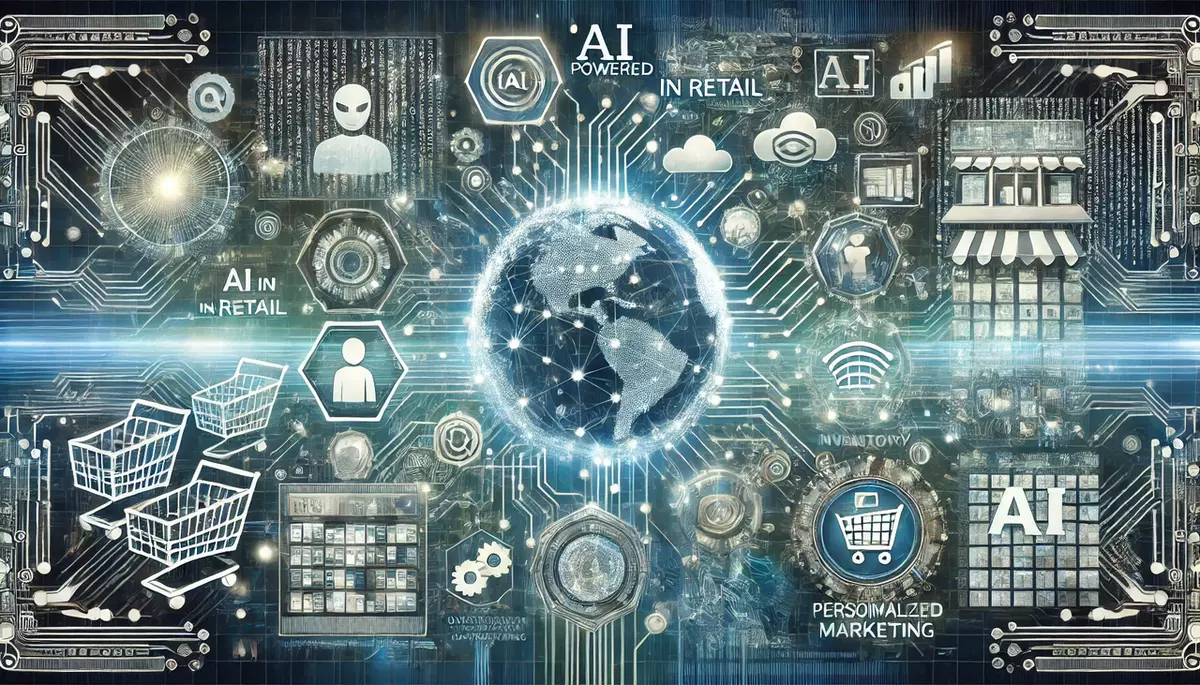Introduction
Blockchain technology has emerged as a revolutionary innovation that is transforming various industries and the way we think about data, transactions, and trust. This knowledge base article provides a comprehensive overview of blockchain technology, its key features, applications, and the potential impact it has on the digital landscape.
What is Blockchain Technology?
Blockchain is a decentralized, distributed digital ledger that records transactions across many computers in a network. Each block in the chain contains a number of transactions, and every time a new transaction occurs, a record of that transaction is added to every participant’s ledger. The decentralized nature of blockchain networks ensures the integrity and security of the data stored within them.
Key Characteristics of Blockchain Technology:
- Decentralization: Blockchain networks are decentralized, meaning they are not controlled by a single entity, but rather by the collective network of participants.
- Transparency: All transactions on a blockchain network are visible to all participants, promoting transparency and accountability.
- Immutability: Once a transaction is recorded on the blockchain, it cannot be altered or deleted, ensuring the integrity of the data.
- Security: Blockchain networks use cryptographic techniques to secure the data, making it highly resistant to tampering and hacking.
- Distributed Ledger: The blockchain is a distributed ledger, where each participant in the network maintains a copy of the entire transaction history.
How Does Blockchain Technology Work?
Blockchain technology operates on a peer-to-peer network, where participants (nodes) work together to validate and record transactions. The process of adding a new block to the chain involves the following steps:
The Blockchain Process:
- Transaction Initiation: A user initiates a transaction, which is then broadcast to the blockchain network.
- Transaction Validation: Network participants (miners) validate the transaction by checking its validity and ensuring it complies with the network’s rules.
- Block Creation: Once validated, the transaction is combined with other validated transactions to form a new block.
- Block Addition: The new block is then added to the existing blockchain, creating a permanent and unalterable record of the transaction.
- Network Consensus: The network reaches a consensus on the validity of the new block, ensuring the integrity of the blockchain.
Applications of Blockchain Technology
Blockchain technology has a wide range of applications across various industries:
Financial Services:
- Cryptocurrencies: Blockchain is the underlying technology that powers cryptocurrencies like Bitcoin and Ethereum.
- Cross-border Payments: Blockchain-based payment systems can facilitate faster, cheaper, and more secure cross-border transactions.
- Supply Chain Finance: Blockchain can improve transparency and traceability in supply chain finance, reducing the risk of fraud.
Supply Chain Management:
- Traceability: Blockchain can provide a transparent and tamper-proof record of the movement of goods throughout the supply chain.
- Inventory Management: Blockchain can help streamline inventory management and reduce the risk of stockouts or overstocking.
- Provenance: Blockchain can be used to track the origin and authenticity of products, ensuring product quality and preventing counterfeiting.
Healthcare:
- Electronic Health Records: Blockchain can be used to securely store and share patient medical records, improving data privacy and accessibility.
- Supply Chain Traceability: Blockchain can enhance the traceability of pharmaceutical products, reducing the risk of counterfeit drugs.
- Clinical Trials: Blockchain can be used to securely store and manage data related to clinical trials, improving transparency and trust.
Other Applications:
- Real Estate: Blockchain can streamline property transactions, improve record-keeping, and reduce the risk of fraud.
- Voting Systems: Blockchain-based voting systems can enhance the security and transparency of the electoral process.
- Identity Management: Blockchain can be used to create secure and decentralized digital identities, improving privacy and control over personal data.
Challenges and Limitations of Blockchain Technology
While blockchain technology offers numerous benefits, it also faces several challenges and limitations:
- Scalability: The decentralized nature of blockchain networks can limit their scalability, particularly in terms of transaction processing speed.
- Regulatory Uncertainty: The legal and regulatory landscape surrounding blockchain technology is still evolving, creating uncertainty for businesses and users.
- Energy Consumption: The energy-intensive nature of the consensus mechanisms used in some blockchain networks has raised concerns about their environmental impact.
- Adoption Barriers: Widespread adoption of blockchain technology may be hindered by factors such as technical complexity, user education, and resistance to change.
The Future of Blockchain Technology
As blockchain technology continues to evolve, experts predict that it will have a significant impact on various industries and the way we interact with digital information. Some of the potential future developments in blockchain technology include:
- Increased Scalability: Advancements in blockchain protocols and infrastructure are expected to improve the scalability of blockchain networks.
- Interoperability: The development of standards and protocols to enable seamless integration and data exchange between different blockchain networks.
- Decentralized Finance (DeFi): The expansion of blockchain-based financial services and applications, reducing the need for traditional financial intermediaries.
- Blockchain-based Governance: The use of blockchain technology to create decentralized governance models for organizations and communities.
- Internet of Things (IoT) Integration: The integration of blockchain technology with IoT devices to enable secure and transparent data exchange and automation.
Conclusion
Blockchain technology has the potential to revolutionize various industries by providing a secure, transparent, and decentralized platform for data management and transactions. As the technology continues to evolve and overcome its current challenges, it is expected to have a significant impact on the way we interact with digital information and conduct business in the future.
This knowledge base article is provided by Fabled Sky Research, a company dedicated to exploring and disseminating information on cutting-edge technologies. For more information, please visit our website at https://fabledsky.com/.
References
- Nakamoto, Satoshi. “Bitcoin: A Peer-to-Peer Electronic Cash System.” 2008.
- Crosby, Michael, et al. “BlockChain Technology: Beyond Bitcoin.” Applied Innovation Review, June 2016.
- Swan, Melanie. “Blockchain: Blueprint for a New Economy.” O’Reilly Media, 2015.
- Tapscott, Don, and Alex Tapscott. “Blockchain Revolution: How the Technology Behind Bitcoin Is Changing Money, Business, and the World.” Portfolio, 2016.
- Zheng, Zibin, et al. “An Overview of Blockchain Technology: Architecture, Consensus, and Future Trends.” 2017 IEEE International Congress on Big Data (BigData Congress), 2017.


























